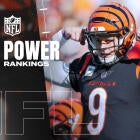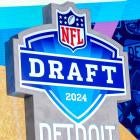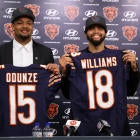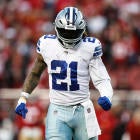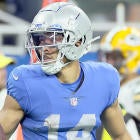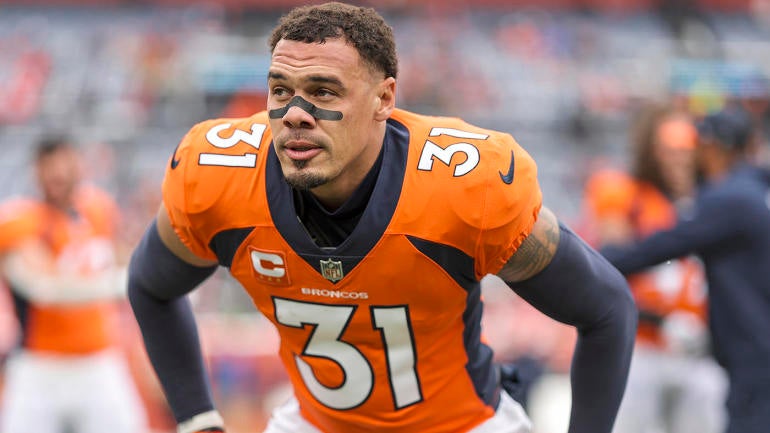
It's not often a team releases a four-time All Pro safety coming off another All Pro season like the Denver Broncos did with Justin Simmons.
It's also not often a team decides to let a 24-year-old safety coming off a season with 11 passes defensed walk out the door like the New York Giants did with Xavier McKinney.
And the Seahawks released Quandre Diggs, and the Bills released Jordan Poyer, and the Jaguars released Rayshawn Jenkins and so on and so forth.
Though they're all individual decisions within teams, the league at large is speaking loudly on how it feels about safeties: They generally aren't worth the money.
Just like the running back market has cratered in recent years, the safety position has done something similar. There are some safeties worth paying, like a Derwin James or Antoine Winfield Jr. or Kyle Hamilton in a few years.
But more than $103 million across the league has been saved in 2024 cash salary at the safety position, according to Over The Cap. That's the most by far of any position group, outpacing the cornerback salary shed by early $40 million.
"There's so much opportunity to overcome physical talent with high level intellect and intangibles. So you don't have to overspend to get production," one NFL personnel executive told CBS Sports. "You can draft these guys Day 3 or put low free-agency resources into them and get production back if they are smart."
Said another personnel executive: "It's essentially a similar but not equivalent argument to running backs. So many teams are playing with third-to-fifth-round picks at the position and doing just fine. There are other areas of your team to spend on that impact the game way more."
To no one's surprise, coaches see it differently.
"There's a disconnect between how coaches see the position and how personnel see the position," one defensive backs coach told CBS Sports. "It's a very scheme-dependent role so some guys can be a perfect fit for some coaches whereas other guys are not as good of a fit, no fault of their own or even their measurables. That said, trying to gauge production from one scheme to another can then become equally difficult."
If a safety can cover a tight end, and then tackle in the run game, and then force fumbles, and then sack the quarterback while also not allowing any touchdowns in coverage, that player will get paid. There just happens to be very few of those humans on the planet, and any deficiency a safety has will likely be exposed by a creative offensive coordinator.
This is the way the NFL is trending right now. Quarterbacks aren't throwing the deep ball like they used to. The last four years, the league has seen less than eight passes per game of 20-plus yards down the field after a decade of being above eight per game.
Last year there were 15.4 passes per game behind the line of scrimmage, the most since the NFL began tracking it in 2006. And of the past two decades, the last five years have produced the lowest interception rates in the league.
There's been an increase in two-high safety looks over the last half-decade. According to league data, 38 percent of coverages last season had two-high safety looks. That has crept up from 2019's rate of 30 percent in each successive year.
Those looks tend to yield shorter passes. Against two-high last year, quarterbacks threw 68 percent of their passes less than 10 yards downfield where that number was 63 percent against zero or one-high safety.
So, on the field, there has statistically been less of a need for a safety compared to previous years.
It will be fascinating to watch how the safety market plays out next week at the start of free agency. Will teams pounce on one of the top players like McKinney and Simmons? Or will teams sit back and wait for someone else to set the market?
We should have some answers when the legal tampering window begins Monday.














